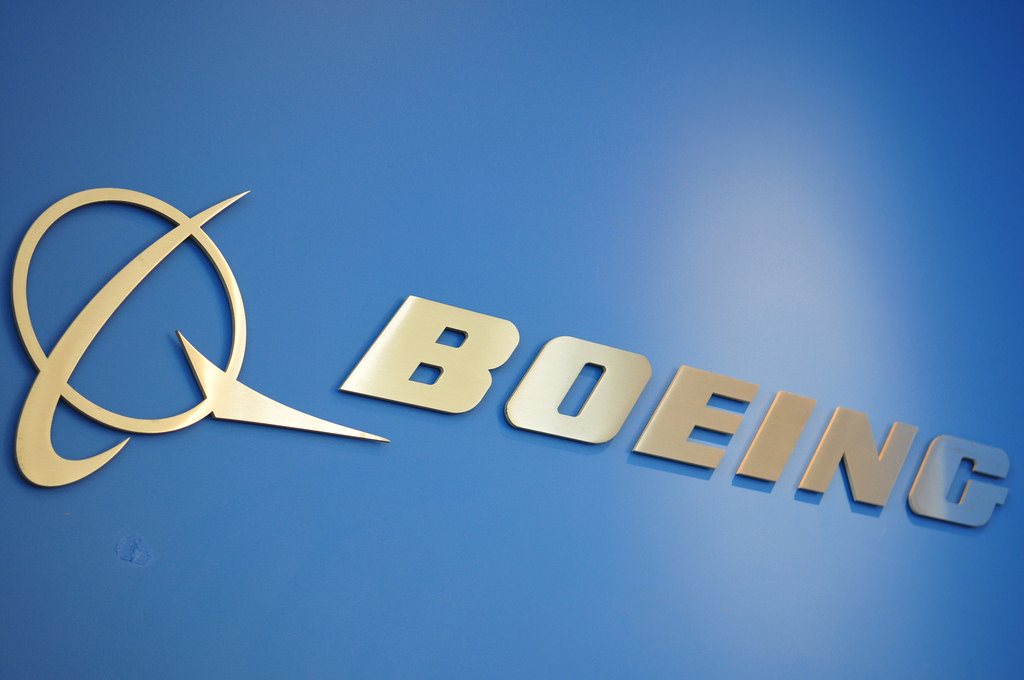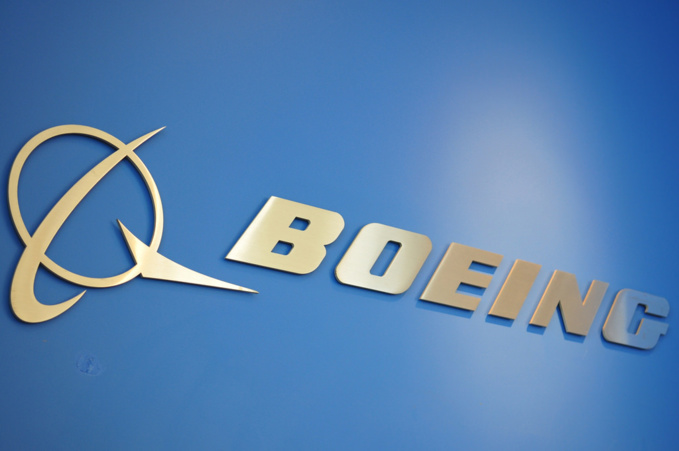Boeing has improved its annual forecast for the needs of world airlines in aircraft: in the next 20 years, more than 42.7 thousand new aircraft worth $ 6.3 trillion are needed, which is 4.1% more than was indicated in the last year's forecast. Taking into account the equipment remaining in operation, the world park will have 48.5 thousand aircraft by 2037. At the same time, the company did not change the expectations for passenger traffic growth for the period, keeping them at the level of 4.7%.
Until 2037, 73% of the demand of carriers will fall on narrow-bodied aircraft such as Boeing 737 or Airbus A320, which are the most popular and are bringing the main profit to manufacturers now. Low-costers, as well as airlines in China and South-East Asia, will need 31.3 thousand of this aircraft model . Broad-bodied aircraft will seize 19% of demand (more than 8 thousand aircraft), and the regional ones - 5% (2.3 thousand vessels). The minimum growth of 2% (980 vessels) is expected in the cargo aircraft segment. The Asia-Pacific region will become leader in the number of deliveries - 40%, or 16.9 thousand aircraft; the demand in Europe and North America will grow to 8.4 thousand and 8.8 thousand aircraft, respectively. The weakest demand is expected in Russia and Central Asia, as well as in Africa - only 1.2 thousand and 1.1 thousand aircraft.
Boeing expects that the sales will be pushed up by large-scale withdrawal of aircraft from service by the mid-2020s, when more than 500 aircraft will annually pass the 25-year mark. The company also forecasts an increase in the service sector of the park. Besides, the service sector will outpace the shipments by revenue, reaching $ 8.8 trillion in the period to 2037, with an annual growth rate of 4.2%.
The main competitor of Boeing, the European Airbus, represented its forecast for 20 years in early July. It is much more conservative: according to the estimates of the concern, the worlds will need 37.3 thousand new aircraft with a capacity of 100 seats worth $ 5.8 trillion. This will, in particular, increase consumer spending in developing countries by almost 2.4 times. Unlike Boeing, Airbus now divides aircraft into four groups by size - small, medium, large and very large. The concern believes that "airlines use airplanes to solve a variety of tasks, so the boundaries of traditional segments are blurred." The narrow-bodied A321neo can be used for long-haul flights, and the wide-body A330 can be used on regional routes.
Airbus also believes that the main demand will come from the segment of narrow-bodied A320 (28.5 thousand units). The need for medium-sized aircraft - wide-body type A330, long-haul narrow-bodied A321LR type - is estimated at 5.4 thousand cars. Demand for long-haul and more capacious wide-body machines, like the A350-900, will be 1.7 thousand aircraft, and about 1.5 thousand extra-large aircraft will also be required.
source: businessinsider.com, reuters.com
Until 2037, 73% of the demand of carriers will fall on narrow-bodied aircraft such as Boeing 737 or Airbus A320, which are the most popular and are bringing the main profit to manufacturers now. Low-costers, as well as airlines in China and South-East Asia, will need 31.3 thousand of this aircraft model . Broad-bodied aircraft will seize 19% of demand (more than 8 thousand aircraft), and the regional ones - 5% (2.3 thousand vessels). The minimum growth of 2% (980 vessels) is expected in the cargo aircraft segment. The Asia-Pacific region will become leader in the number of deliveries - 40%, or 16.9 thousand aircraft; the demand in Europe and North America will grow to 8.4 thousand and 8.8 thousand aircraft, respectively. The weakest demand is expected in Russia and Central Asia, as well as in Africa - only 1.2 thousand and 1.1 thousand aircraft.
Boeing expects that the sales will be pushed up by large-scale withdrawal of aircraft from service by the mid-2020s, when more than 500 aircraft will annually pass the 25-year mark. The company also forecasts an increase in the service sector of the park. Besides, the service sector will outpace the shipments by revenue, reaching $ 8.8 trillion in the period to 2037, with an annual growth rate of 4.2%.
The main competitor of Boeing, the European Airbus, represented its forecast for 20 years in early July. It is much more conservative: according to the estimates of the concern, the worlds will need 37.3 thousand new aircraft with a capacity of 100 seats worth $ 5.8 trillion. This will, in particular, increase consumer spending in developing countries by almost 2.4 times. Unlike Boeing, Airbus now divides aircraft into four groups by size - small, medium, large and very large. The concern believes that "airlines use airplanes to solve a variety of tasks, so the boundaries of traditional segments are blurred." The narrow-bodied A321neo can be used for long-haul flights, and the wide-body A330 can be used on regional routes.
Airbus also believes that the main demand will come from the segment of narrow-bodied A320 (28.5 thousand units). The need for medium-sized aircraft - wide-body type A330, long-haul narrow-bodied A321LR type - is estimated at 5.4 thousand cars. Demand for long-haul and more capacious wide-body machines, like the A350-900, will be 1.7 thousand aircraft, and about 1.5 thousand extra-large aircraft will also be required.
source: businessinsider.com, reuters.com



















